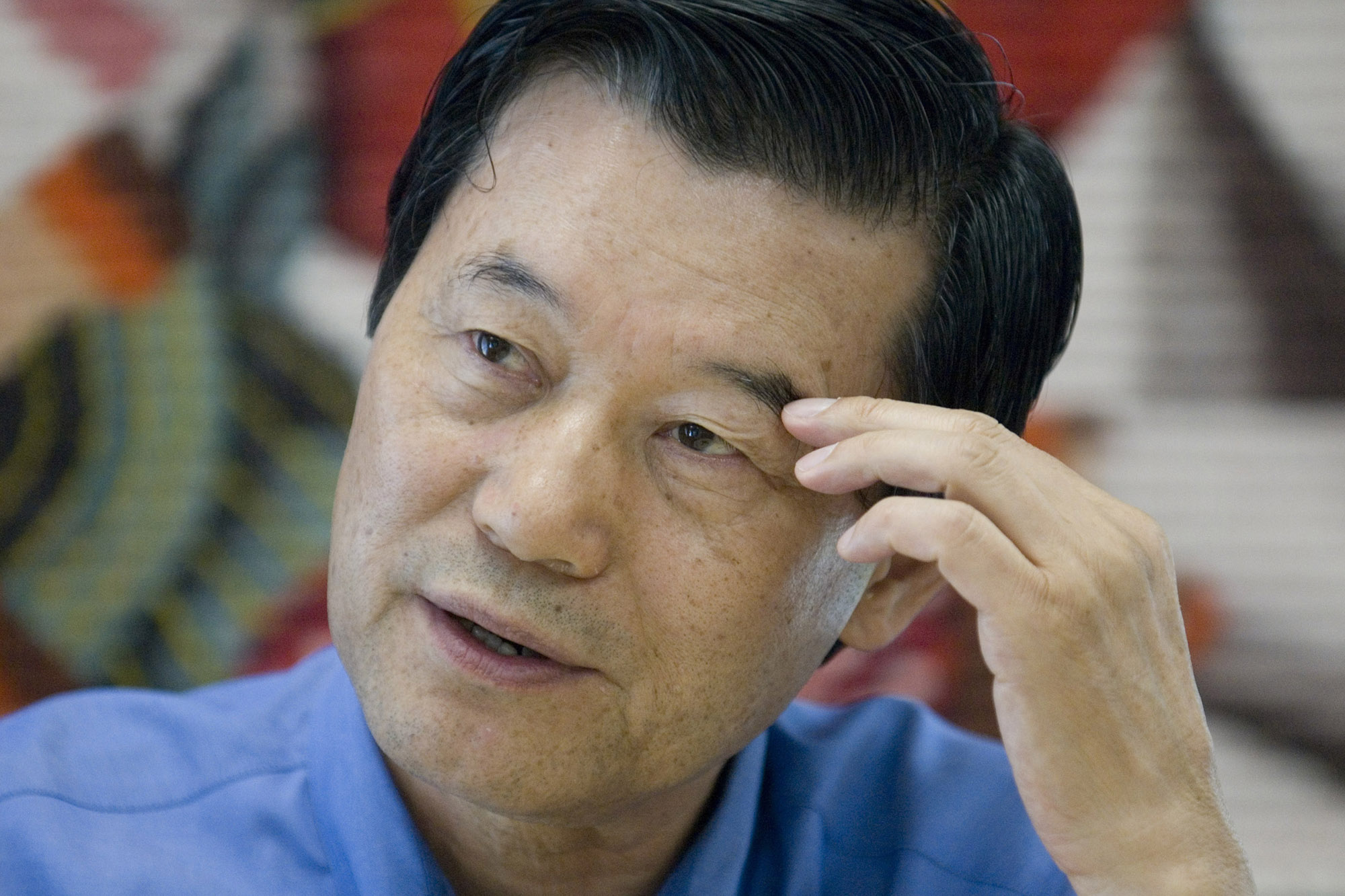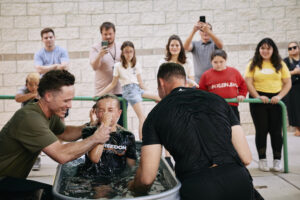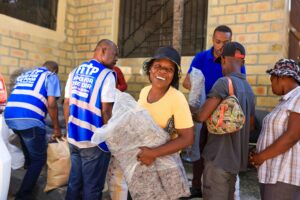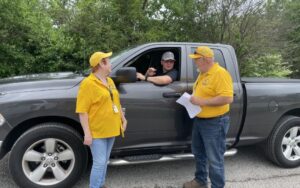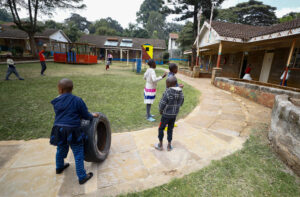
ROCKVILLE, Va. (BP)–In a gathering of Koreans from both sides of the Pacific, a glimpse of the multicolored, multiethnic future of the international missionary force comes into view.
More than 70 South Korean and Korean-American Baptist pastors and mission leaders met with International Mission Board colleagues during a Korean Global Mission Summit at the mission board’s International Learning Center in Rockville, Va.
It’s not the first such meeting. But this one focused on nuts-and-bolts strategies and commitments for mobilizing Korean churches in America and South Korea to reach people groups around the world who remain untouched by the Gospel.
“We’ve spent years building a relationship and establishing a growing trust and partnership,” said IMB President Jerry Rankin, who helped initiate the annual consultations. “This year was intended to be practical training for personalized, effective mission strategies and engagement of unreached people groups. The response to the final challenge was a powerful experience. Everyone [got] on their faces, literally, praying aloud simultaneously in an emotion-filled time of commitment.
“This is a watershed moment.”
The May 21-25 summit included more than 40 key leaders from South Korea, including Korean Baptist Foreign Mission Board President Jae Kyung Lee, leaders of the Korean Baptist Convention and Woman’s Missionary Union and representatives of the “Chimmijun,” an organization of forward-looking Korean Baptist pastors. They joined more than 20 leaders from the 760 U.S.-based Korean Southern Baptist churches to worship, network and talk mission strategies — with each other and with IMB colleagues.
Korean-Americans serving as IMB missionaries now number 270, roughly 5 percent of the total Southern Baptist international mission force. Hundreds more are at various stages of preparation for mission service. Korean Southern Baptist leaders envision 1,000 IMB missionaries from their churches by the end of the decade. Toward that end, they subsidize the salary of Gihwang Shin, the IMB’s consultant for Korean-American mission mobilization since 2005.
The Korean Baptist Foreign Mission Board, meanwhile, counts 560 missionaries in 48 countries across Asia, Africa, Europe and the Americas. Some serve among unreached people groups in places where white, Western missionaries cannot go.
What can Korean missionaries and their supporting churches and mission agencies learn from Americans? Many things, according to an IMB missionary mobilizer who works with Korean and Filipino mission leaders from a base in Seoul, South Korea. Korean missionaries suffer high attrition from inadequate preparation before they go to the field and inadequate financial and personal support once they get there. They need coaching on effective mission strategies and cross-cultural ministry.
What do they have to teach Americans?
“Because they are a blooming missionary movement, they really have the passion,” the mobilizer said. “They are a praying people, too. They can teach us about spiritual warfare, about seeking God’s help, His direction and His power for ministry, realizing that to go out there on the edge is really tough. They have a lot to teach us as far as their strong faith, their courage and their tenacity.”
Rankin agreed. “They go to pour out their lives,” the IMB leader said of Koreans. “You don’t have to talk with them about lifestyle and sacrifice and risk. When they come down the aisle to make a commitment to missions, they fully expect you to put a passport and an airline ticket in their hands to leave the next day. That’s the kind of passion and devotion they have.”
Overall, Korean Protestant missionaries of various denominations total more than 17,000 worldwide, second only to Americans in number of missionaries. Korean-Americans are contributing a rapidly increasing number of new workers to that total.
“[Korean-American] pastors want to send out their missionaries, but we need to learn how to do it,” said David Gill, pastor of Concord Korean Baptist Church in Martinez, Calif., who coordinated the Korean mission summit.
“We need to learn where and how to send missionaries. We need to do it together. One local church cannot do it. We need the International Mission Board to teach us how to do it. Deploying is one thing, but we need to maintain them, to help them. What’s the next step after we have the people out there? It’s a tremendous responsibility. The Korean Global Mission Summit wants to bridge Korean-American churches in America, Korean churches in Korea and the mission agencies to work together. We want to mobilize local churches to send more missionaries to countries where maybe Anglos are not welcome. I think it’s God who is moving us. That’s why this movement is very important.”
Gill’s own life and ministry demonstrate how international missions has come fill circle.
He became a Christian as a teenager in South Korea through the witness of an American missionary. He immigrated to the United States in the early 1970s, attended Golden Gate Baptist Theological Seminary and began his church nearby. In 2003, his congregation hosted the first “Mission Celebration” co-sponsored by the International Mission Board at a Korean Southern Baptist Church. The event drew hundreds of Korean-Americans.
“So many of the Korean-American people made commitments to go as a missionary,” Gill recalled. “It was overwhelming. Fifty or 60 people from my church committed to go, and from other churches we had about 200 in all.”
Today, five couples from Gill’s church serve as IMB missionaries in Asia and Africa. Two more couples are seeking missionary appointment this year. The church’s goal: 10 missionary families on the field. The mission focus has radically changed Concord’s perspective and priorities.
“First of all, our missionaries send me e-mails and stories and prayer requests that excite me,” Gill said. “I share those with my people and they are excited, too. That makes us pray more for them. Second thing is it helps me educate my people about missions, because when they see it happen, they learn more and want to give more toward cooperative missions. It’s very hard to preach about, but when you see it in action, you want to give more. I’m grateful that what we are doing can influence other Korean-American churches.”
–30–
